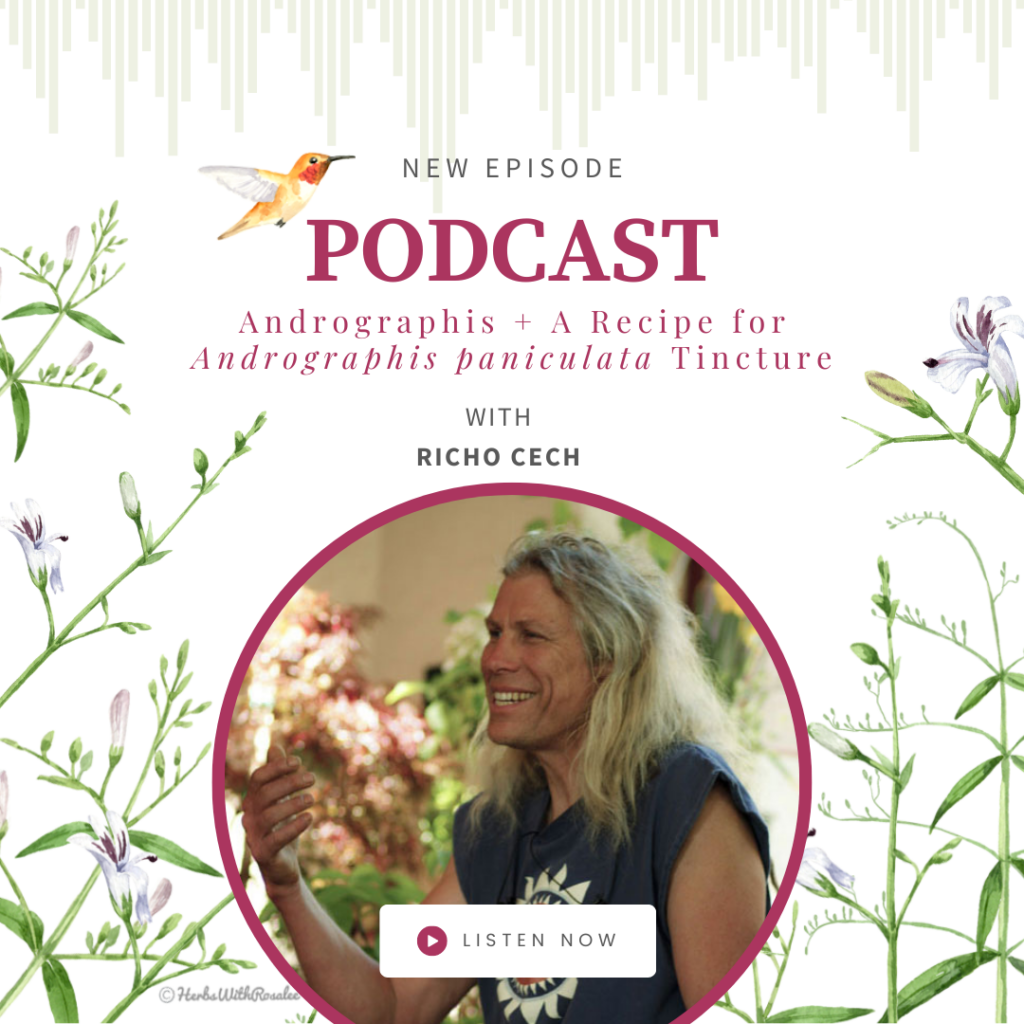
What could be more convenient? Sow your seeds directly in the garden at just the right season and watch them come up and develop right where they belong! Here are a few tips to make your direct-seeding experience as successful and convenient as it should be.
where they belong! Here are a few tips to make your direct-seeding experience as successful and convenient as it should be.
- What is it? Direct-seeding is sowing in place. One cannot “direct-seed” in a pot, one plants the seed in the spot where it will always reside.
- Why is this desirable? Direct-seeding involves no expensive intermediary like grow lights, greenhouse, potting soil, or plastic pot.
- What is needed? First off, a good seedbed. You can’t get results sprinkling medicinal herb seeds on the lawn or a weedy garden. Prepare the soil by forking deeply and breaking up the clods, then raking out to remove stones, bones and any other foreign bodies. Or, rototill a good long row, making sure to do this only after the soil has dried sufficiently to keep it from clumping. Or, if you like the no-till method, pull back your mulch, work the surface soil into a fine seedbed with your fingers, and sow your seeds in there. If the native soil is clay, full of weed seeds, or otherwise inimical to the growth of seeds, you can make a shallow furrow (4 inches wide, 4 inches deep), fill it with good quality potting soil, and plant your seeds in that.
- What seeds work best? Fast-growing, easy-to germinate annuals are your best choice. On the medicinal herb side of things, try basil, calendula and summer savory. On the garden side of things, try beans, peas and corn. All of these are traditionally direct-seeded, a technique that circumvents transplanting and therefore disallows transplant shock.

- I traditionally direct-seed a 100 foot row each of burdock, calendula, holy basil and summer savory every spring. I wait until the soil has warmed sufficiently, till my row to a fine seedbed, sprinkle in the seeds generously, barely cover with earth, and pat them down securely by hand. Then, I wait for a spring rain, or if this is not forthcoming, I turn on the sprinkler. I watch for the germination of the seeds, and weed and thin them early, choosing the
healthiest seedlings to keep. When weeds start to pressure the row from the side, I rototill up the side of the row and that cleans it up nicely! - Come midsummer, I have burdock root, calendula flowers, and summer savory for my stir-fries and holy basil for my morning tea. It has been quick, efficient, effective, inexpensive, healthy and yummy—all the things gardening is good for!


I love the idea of including calendula in your stir fries. How do you prep it? Whole flowers? Petals only? Thank you for your blog and site. Super interesting, inspiring.
Hi curvy, one of the problems with stir-fries is they tend to lose color in cooking. so if you sprinkle fresh calendula petals on it after its done, then that ups the color. r
Ahh, gorgeous! Will try. Thank you for the swift reply!
I love this! Thank you! We are starting our first section of our garden this year. I can’t wait to get my seeds!
Hello Brittany,
Thank you for contacting. It is these simple herbs that can be started by dropping seed to soil that provide the best support to family and home.
Richo